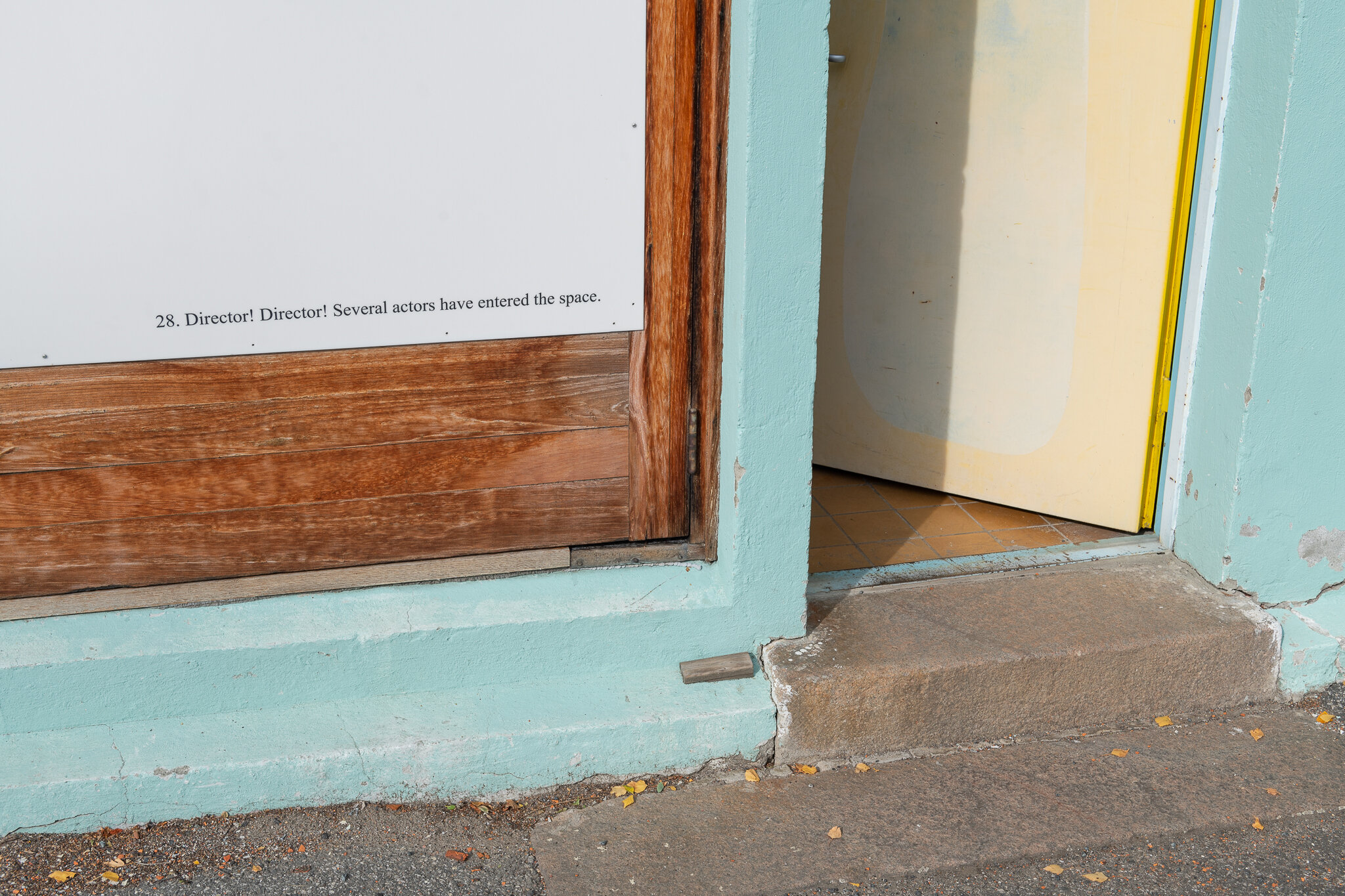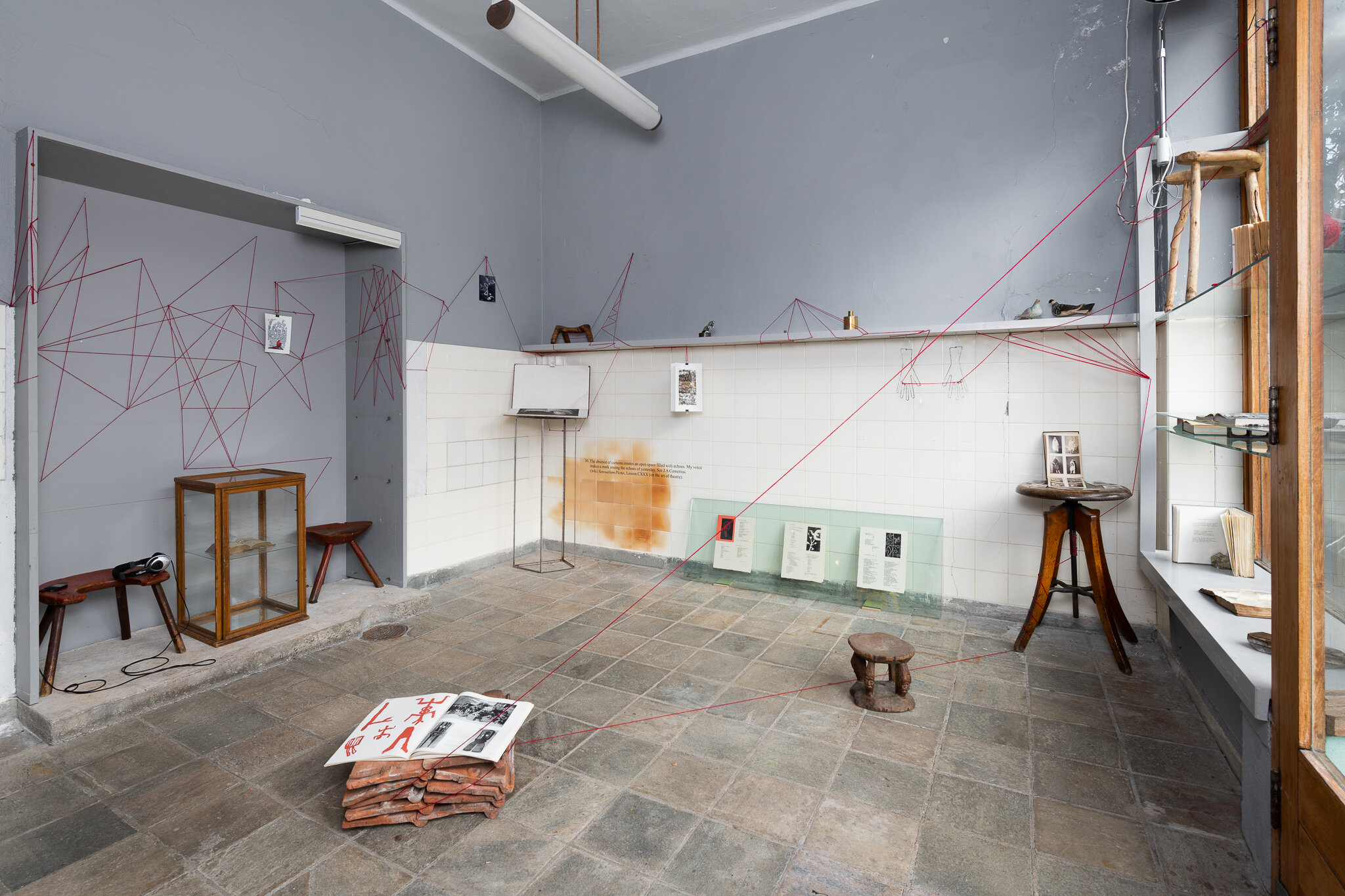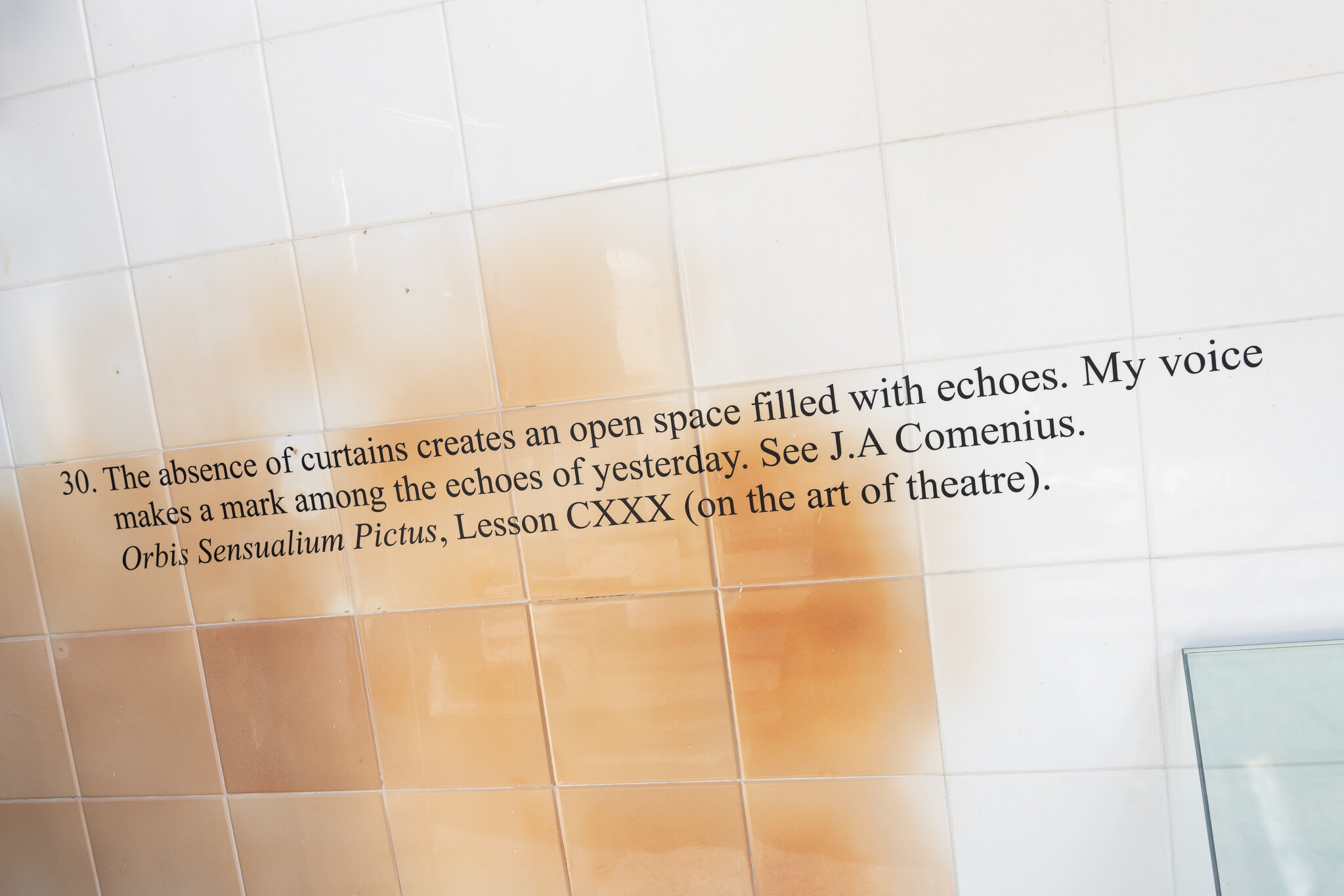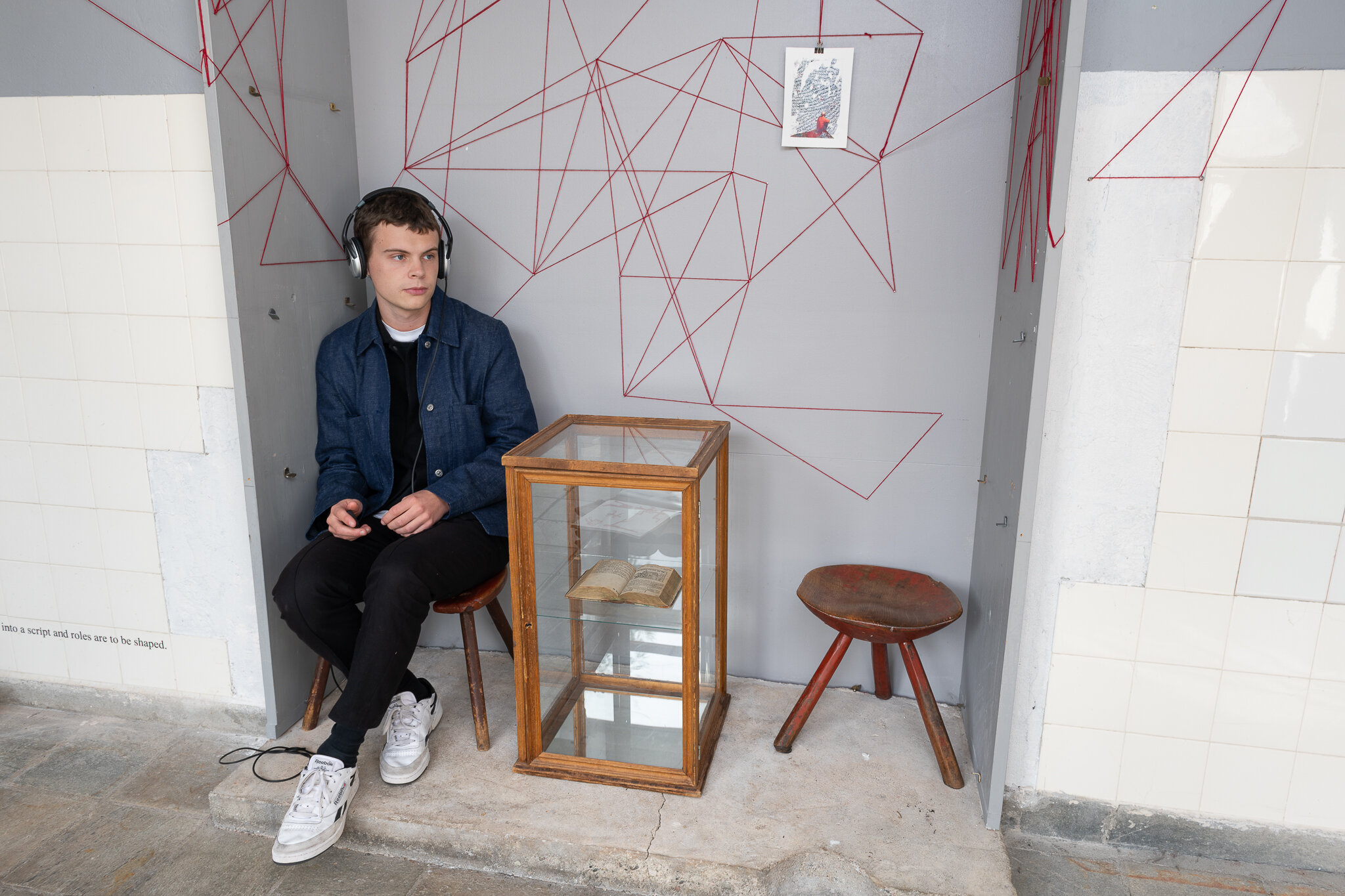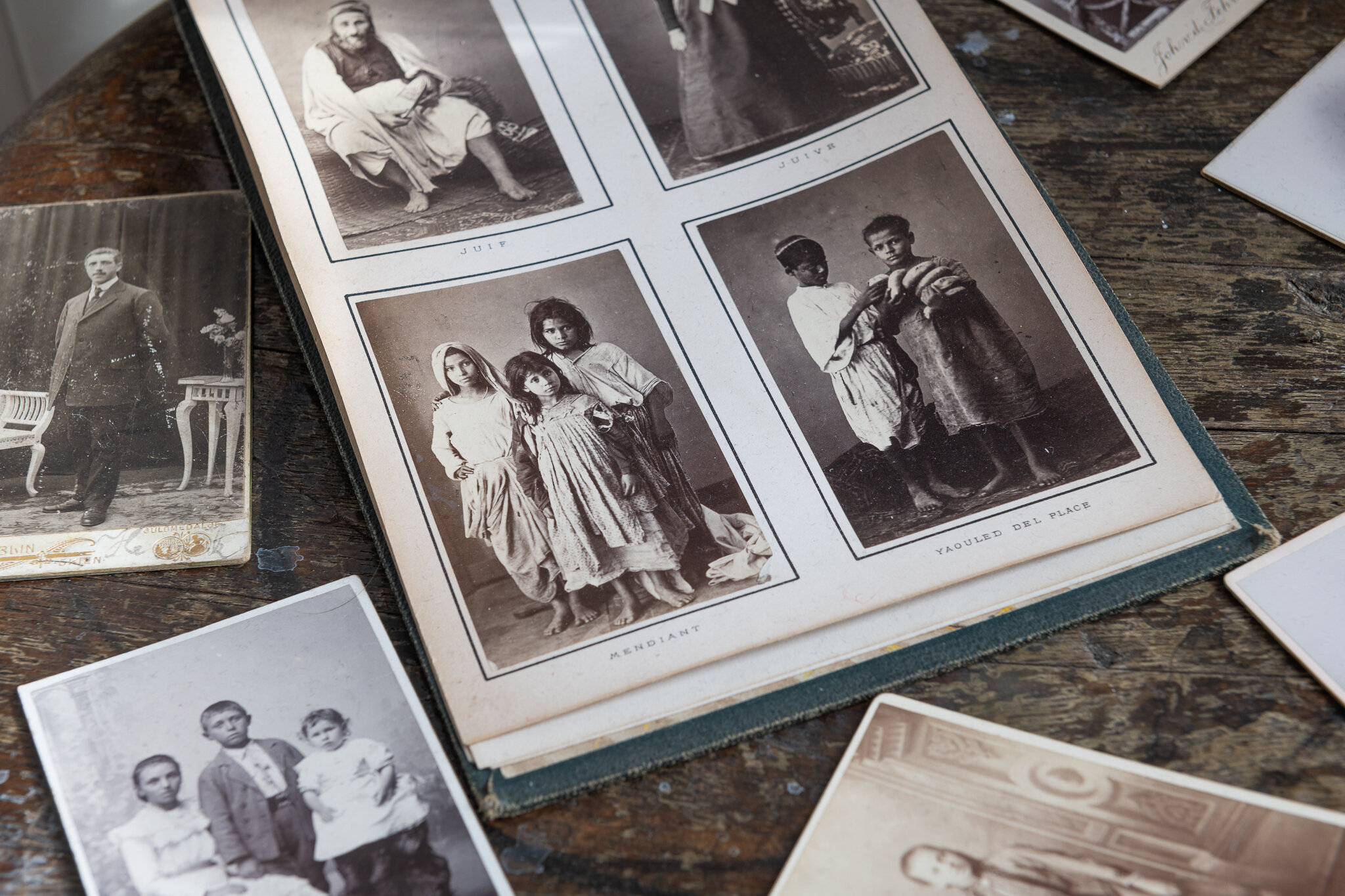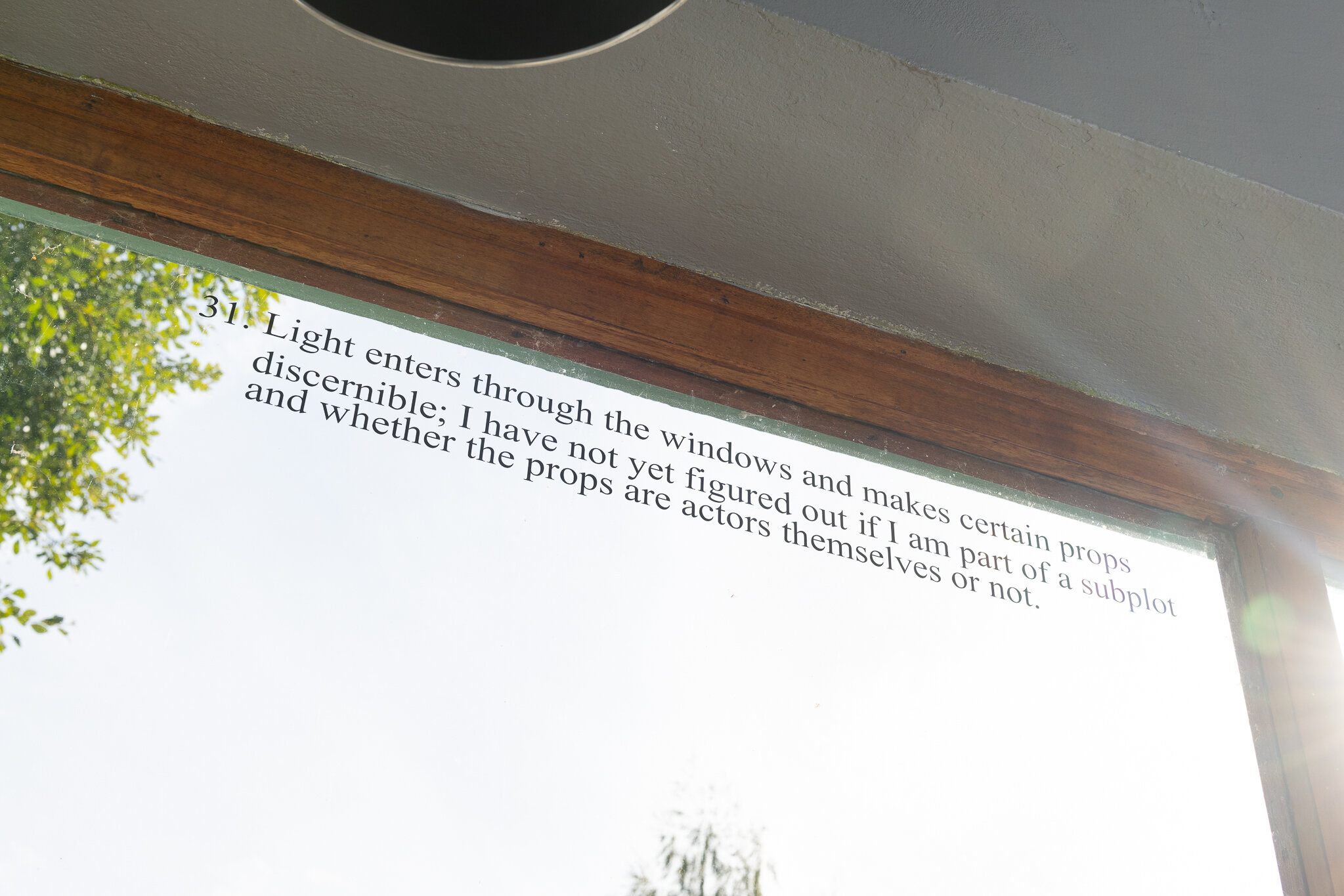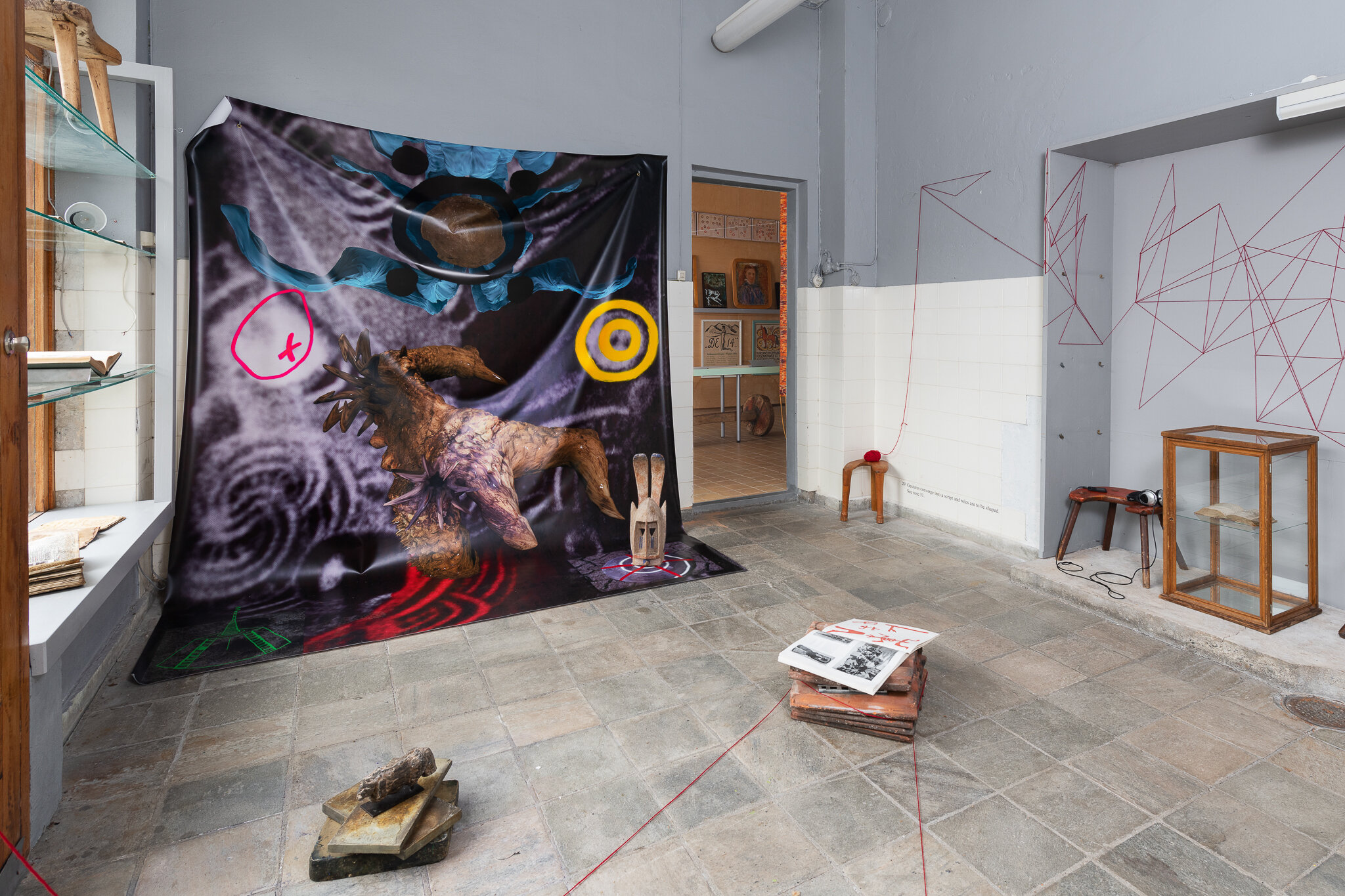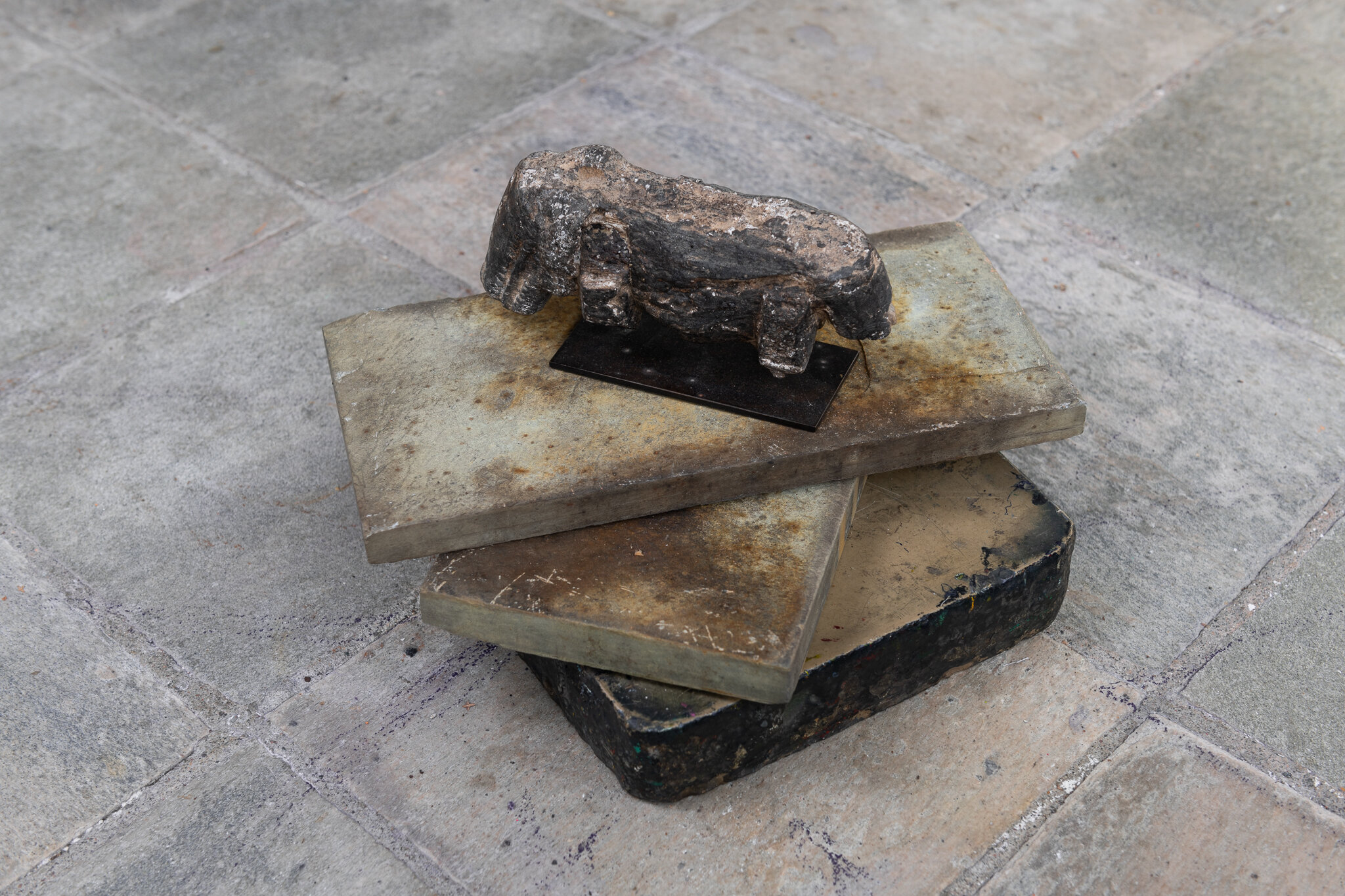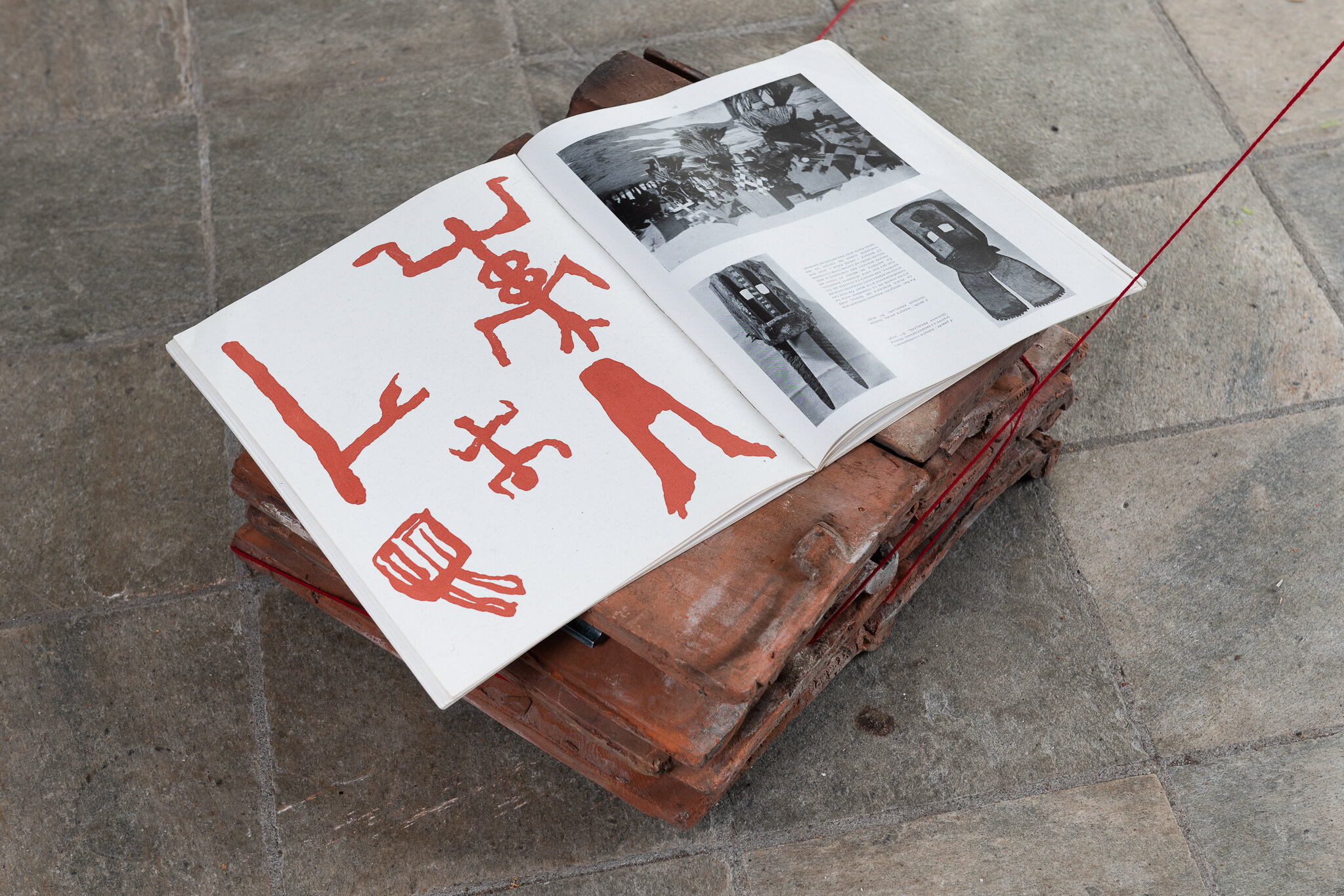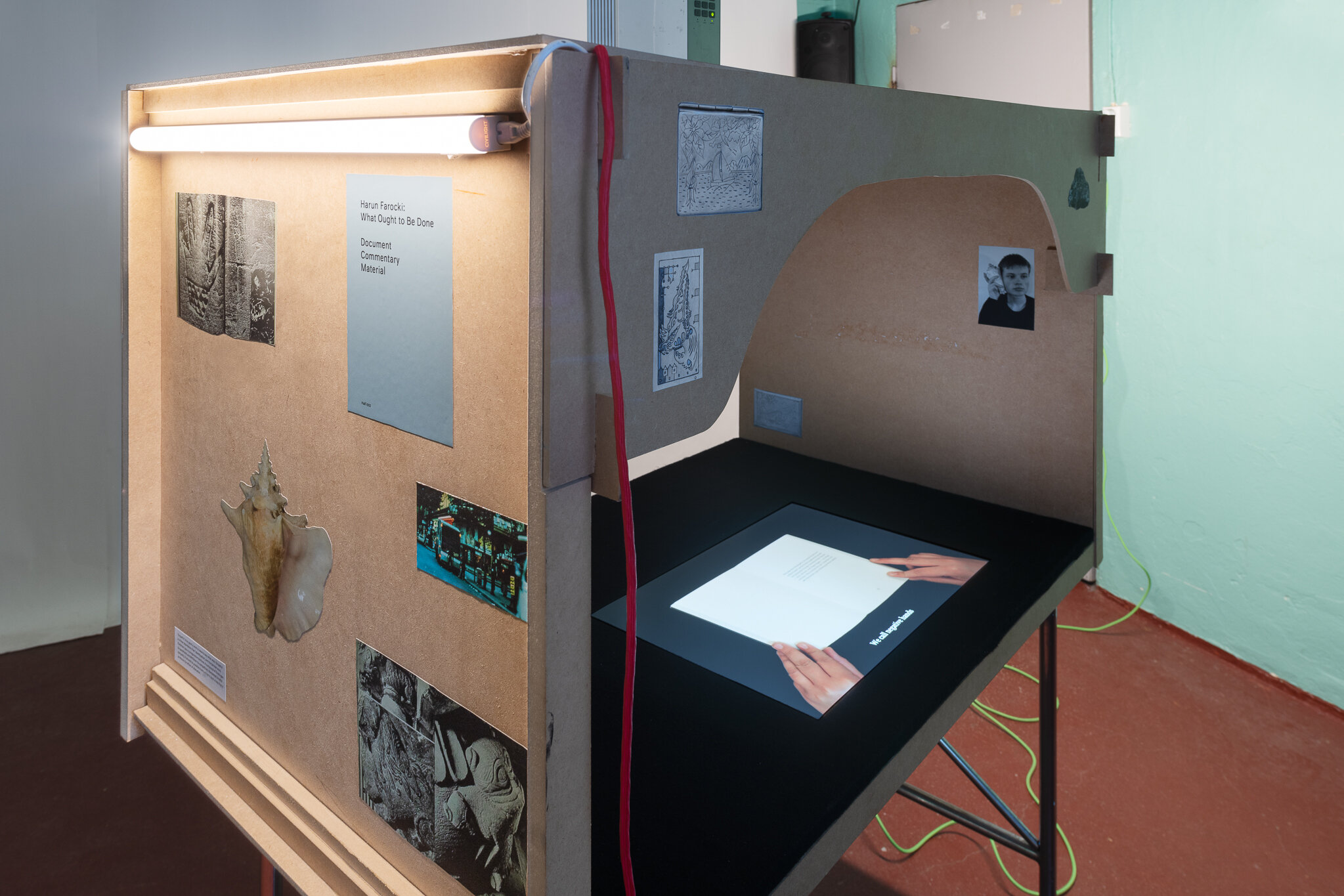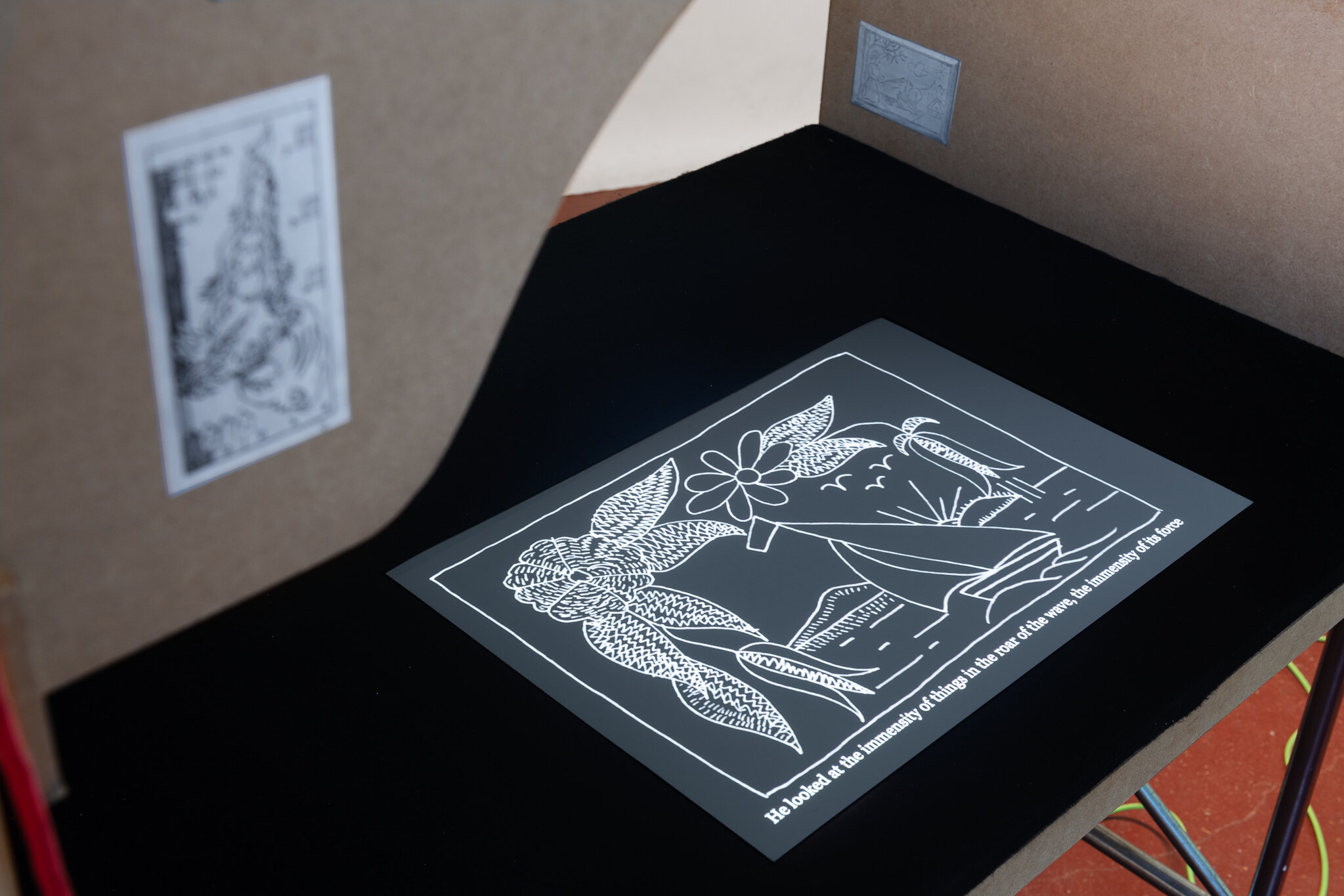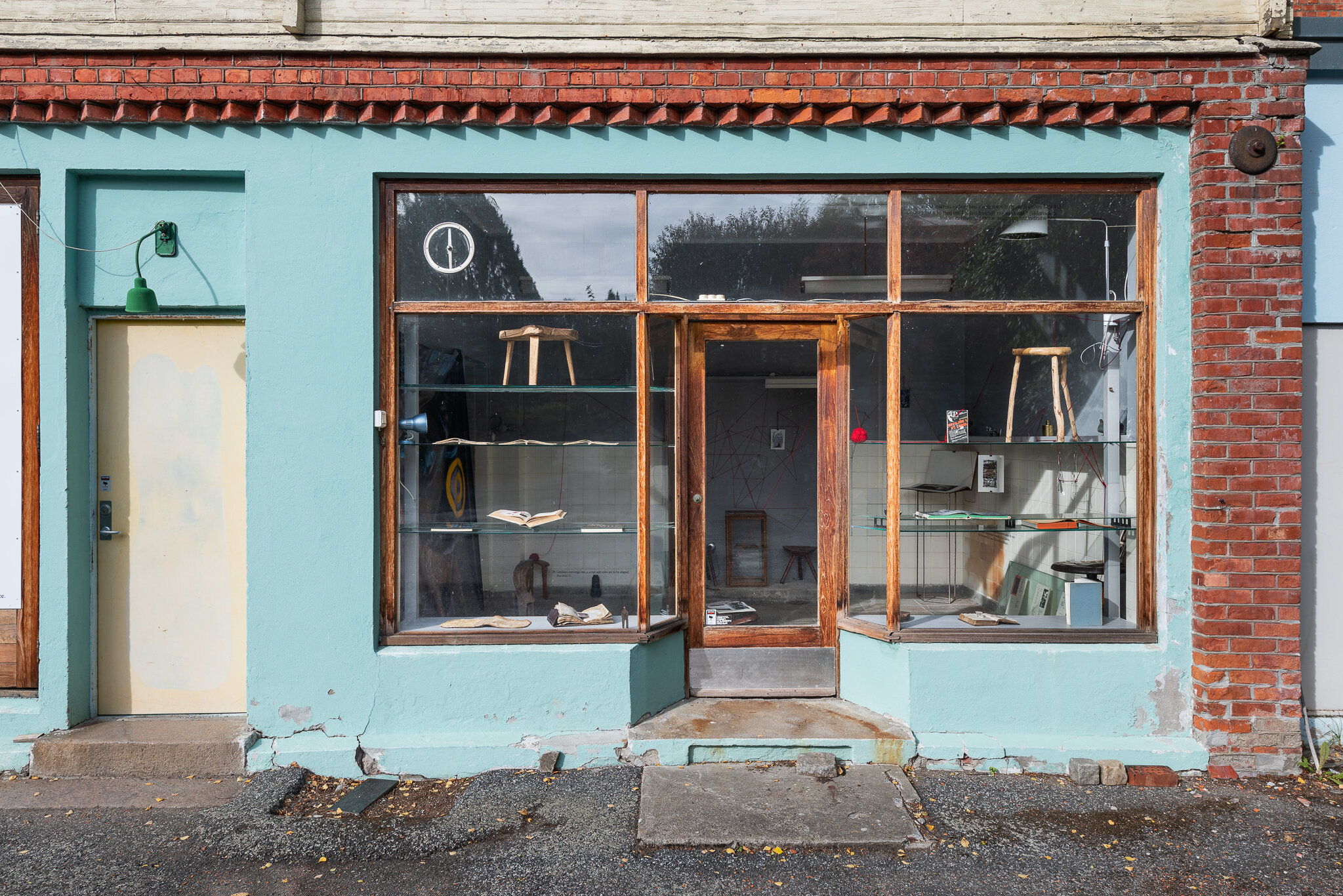The Image of Things
Juan Covelli, Anna Sofie Mathiasen, Lara Ögel, Amina Sahan, Stephanie von Spreter, Kim Svensson, Hospital Prison University Radio
21.—23. september 2018
The Image of Things is an exhibition resulting from the PRAKSIS residency The Collective Subject of History that brings together a group of artists and a curator to collectively engage with Guttorm Guttormsgaard’s universe of collected objects as encountered in his Arkiv. Containing thousands of man-made objects from across the continents, the archive rejects a hierarchical presentation of things and thereby slips Western principles of ordering and categorization. Rather, through the seemingly endless possibilities of looking, a myriad of stories emerges that enables the viewer to create new connections and narratives across space and time. The Image of Things explores how we can collectively (re)construct and (re)narrate the image and memory of an object when re-activated and re-imagined by the beholder.
The exhibition takes an open format in which selected objects from the Arkiv are combined with elements that are a result of both each resident’s specific interests and a collective interest in the archive as a source of knowledge and place of history-making.
As part of the collective engagement with Guttormsgaard’s Arkiv, Jakob Jakobsen (Hospital Prison University Radio) has produced a series of conversations with the participants about selected objects of the collection. The resulting object analyses allow the visitor to enter the thought-processes and reflections behind each selected object.
The Image of Things is part of PRAKSIS's tenth residency, The Collective Subject of History, developed with Elvira Dyangani Ose, Jakob Jakobsen, and Guttormsgaard’s Archive. Installation views by Istvan Virág.
Juan Covelli’s concerns are connected to the archive’s potential of being a tool for activism and art making. He is fascinated by the digital archive as a way of democratizing the object and liberating it from physical and geographical constraints. Today we experience a paradigm shift from perspective to the realm of volume. The rise of scanning and 3D technologies has made this change ever more relevant. For Covelli, the significance lies in the reproduction and production of objects where repetition becomes difference. If we are able to reproduce endless exact copies, what happens with the original? During the residency Covelli has been working with a group of objects originating from the Dogon tribe of West Africa, showing a particular interest in the Dogon’s cosmology. By digitizing some of the objects, Covelli explores how these might be able to acquire a second life and new aura.
Anna Sofie Mathiasen’s approach is driven by the attempt to find a platform for conversation with the maker of the object, to build an empathic relation between maker and recipient. Her particular interest lies in a series of engraved tin boxes made by Soviet prisoners of war during WWII. Conveying a sense of melancholic beauty, the images presented on the boxes are embodiments of longing and despair. Mathiasen’s animation breathes new life into them, while we also listen to Les Mains negatives by Marguerite Duras, read out by Mathiasen herself.
Lara Ögel’s interest in the archive is driven by her curiosity to see what type of new imagery emerges - both from the very artist collecting and herself - when investigating an archive that has been brought together by personal selection rather than on scientific premises. What happens in the creative mind when new constellations occur and can playfully interact?
In the case of Guttorm Guttormsgaard’s Arkiv it is apparent that the book, and in particular the book where word and image interact or seen on equal terms, takes a prominent position. When selecting individual objects from the Arkiv, Ögel therefore asks what it means to collectively be immersed in the world of books, a medium that comes into being through a collective effort, like “a buzzying orchestra” as Guttorm Guttormsgaard called it himself. Taking the book as a metaphor, Ögel asks what the links are that connect us to each other, what are we drawn to, what are our cross-sections, on what surfaces, flows, bends, edges or thresholds are we drawn together? For the exhibition Ögel will create an intervention in the space that will make visible those connections, yet at the same time leave it to the beholder to grasp the complexities of stories told by each individual object deriving from the Arkiv.
Amina Sahan is inspired by ongoing debates concerning multiculturalism, diversity and social issues, where the archive can be a place for reflection of our cultural history. She has been focusing on contrasts and the act of bringing together two seemingly different cultures. Sahan will present work resulting from the engagement with both Norwegian and Arabic objects found in the Arkiv, composing them according to her own principles of working as an artist.
Kim Svensson’s approach to the archive is on methods of display in order to grasp which gestures are applied to both disrupt and connect linearities we become aware of when looking as an outsider. What happens when intimacy is allowed into the process of engaging with the archive? Can we dissolve pre-existing linearities and create new structures and connections?
Orbis Sensualium Pictus—the world seen through images—by Johann Amos Comenius was first published in German and Latin in 1658, followed by numerous editions in other languages thereafter. Stephanie von Spreter encountered several editions of this book in Guttorm Guttormsgaard’s Arkiv, pointing at Guttormsgaard’s profound interest in the book as a method of disseminating knowledge. Orbis Sensualium Pictus is known to be one of the first primer books where an understanding of the world is taught through text and image. The act of learning had thus entered a visual dimension, where the image acts a connection point between perception and the written word. Von Spreter’s interest here lies in the awareness that the book itself reflects an image of things that have deeply shaped our Western culture and that still resonates today in the way we perceive the world around us.

